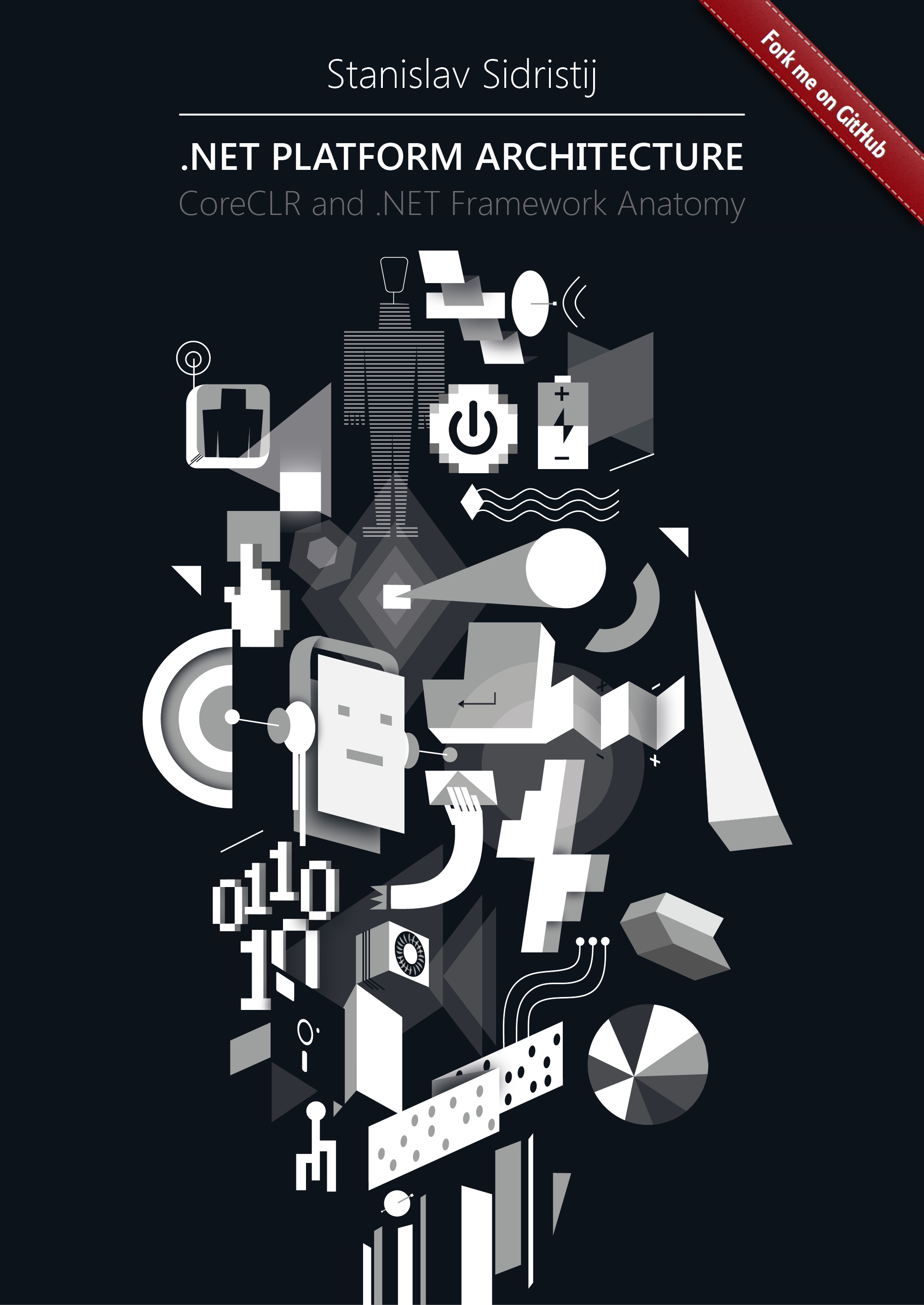 I guess one of the most important issues in this topic is building an exception handling architecture in your application. This is interesting for many reasons. And the main reason, I think, is an apparent simplicity, which you don’t always know what to do with. All the basic constructs such as
I guess one of the most important issues in this topic is building an exception handling architecture in your application. This is interesting for many reasons. And the main reason, I think, is an apparent simplicity, which you don’t always know what to do with. All the basic constructs such as IEnumerable, IDisposable, IObservable, etc. have this property and use it everywhere. On the one hand, their simplicity tempts to use these constructs in different situations. On the other hand, they are full of traps which you might not get out. It is possible that looking at the amount of information we will cover you’ve got a question: what is so special about exceptional situations?
However, to make conclusions about building the architecture of exception classes we should learn some details about their classification. Because before building a system of types that would be clear for the user of code, a programmer should determine when to choose the type of error and when to catch or skip exceptions. So, let’s classify the exceptional situations (not the types of exceptions) based on various features.

 This chapter was translated from Russian jointly by author and by
This chapter was translated from Russian jointly by author and by 
 Pro .NET Memory Management
Pro .NET Memory Management




 Вы любите продуктовые доклады? Я — нет. А вы любите доклады, не относящиеся к теме конференции? Я — категорически нет. Складывается ощущение что я плачу за чужие амбиции и отсутствие контента. Потому мы делаем CLRium 4: где собираем все самое последнее, полезное… И самое главное — кишочки!
Вы любите продуктовые доклады? Я — нет. А вы любите доклады, не относящиеся к теме конференции? Я — категорически нет. Складывается ощущение что я плачу за чужие амбиции и отсутствие контента. Потому мы делаем CLRium 4: где собираем все самое последнее, полезное… И самое главное — кишочки!
 Примеры статей и полный список тем выступлений — под катом
Примеры статей и полный список тем выступлений — под катом